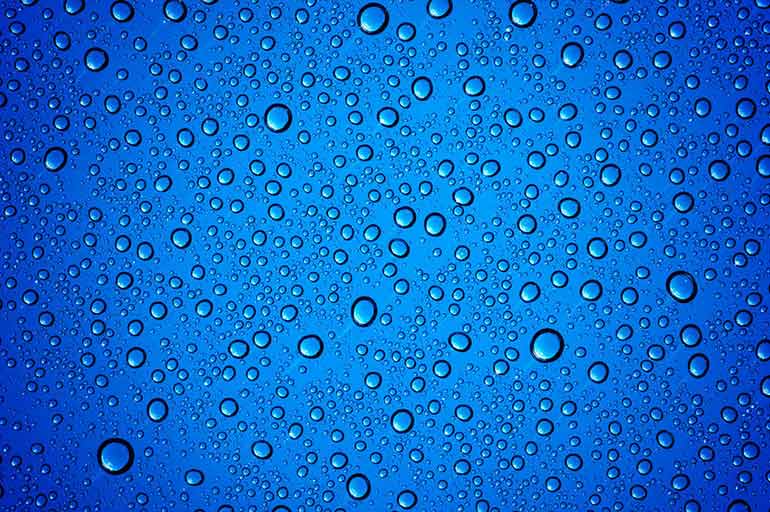Cold-SNAP – a new spin on an old technology
10th May 2020
USA: A Harvard University team has developed an indirect evaporative cooling system which can cool air without adding humidity at a fraction of the energy cost of traditional cooling units.
Evaporative cooling is a well established technology which works well in a number of cooling applications. However, because evaporative cooling adds humidity to the air, it is only viable as an alternative to traditional mechanical vapour compression air conditioning systems in dry, hot climates.
Indirect evaporative cooling (IEC) systems, which contain a heat exchange unit to isolate the evaporating water from the air, are also available. IEC systems require very little energy to run, but according to the team from Harvard’s Wyss Institute, its Graduate School of Design and the Harvard Center for Green Buildings and Cities, they are difficult to manufacture due to the complexity of the heat exchanger. This makes them both expensive and means their performance is difficult to optimise.

The new technology, dubbed Cold-SNAP (cold superhydrophobic nano-architectured process), is said to use up to 75% less energy than mechanical vapour compression air conditioners.
Cold-SNAP combines a ceramic with a novel surface coating developed recently in the Wyss Institute lab. The coating’s nanoscale roughness is said to make it extremely water-repellent and, when applied to a slab of highly water-absorbent ceramic, a very efficient heating exchanger is created that can effectively isolate evaporating water from cooled air.
Because ceramic is very malleable, an entire heating exchange unit can be produced via the extrusion or 3D printing of a single piece, and its shape can be adjusted to maximise the surface area available for heat transfer and evaporation.
The hydrophobic coating is then selectively applied to the components that will manage the flow of dry air, coupled to a water pump, fan, and controls.

Preliminary studies have indicated that the Cold-SNAP system has COPs up to four times greater than conventional air conditioners.
The team is currently exploring different manufacturing techniques, and is gearing up for a pilot study this summer to see how the system performs in real-world hot and humid conditions.







